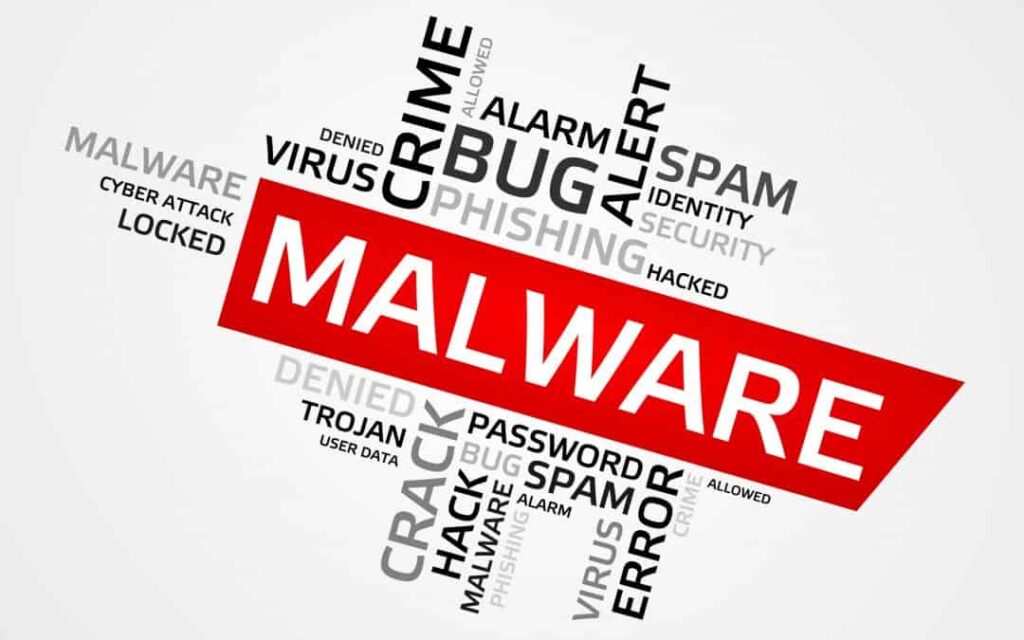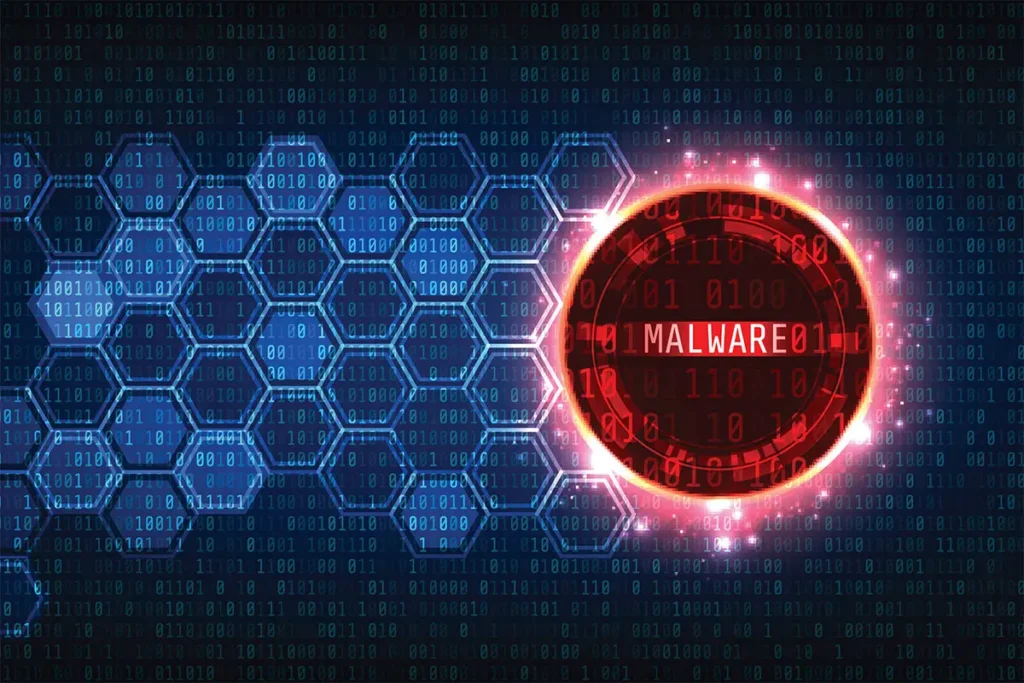- Yaman Mishra
- 0 Comments
- 2080 Views

When you’re connected to the internet 24/7, it can be tempting to leave your personal information exposed. Even a seemingly harmless Google search can bring up photos, logs, and other personal information that you might not want anyone to see. This is where cyberattacks come in. A malware attack is when a hacker uses software or a digital tool to hack into your computer or another device and take control of it. What they find out could be anything from your bank details to passwords for social media accounts and email addresses. The best way to stay safe while using the web? Be aware of what you’re doing, have trusted networks you regularly use, and only connect to sites that are secure. Here are some tips on how you can protect yourself and keep your online presence safe:
How is Malware Distributed?
Malware is typically distributed via:
- Email attachments
- Fake internet ads
- Infected applications or websites
Often, users are tricked into downloading malware with links or pop-ups that seem legitimate such as:
- Flashing messages like, “Your computer has been infected! Click here to run a scan!”
- Unknown applications that purport to convert files, unzip files or find discounts
- “Gifts” or “prizes” offered for clicking a button
Clicking the link or button directs the user to a website that automatically installs malware onto their computer.
How do you know you have malware?
A device that has been infected often has symptoms such as:
- Unusually slow or frozen system functionality
- Spam and pop-up ads
- Frequent system crashes
- Unknown icons on the desktop
- Redirection from a popular website to an unknown one
- New files or folders created without your permission
*Be aware of what you’re doing
It’s important to be mindful of what you’re doing online. This sounds like common sense, but it’s easy to forget when you’re spending time on the web. While browsing social media, be careful with what you share or click on. If you see an email that looks suspicious or has a link to a site that doesn’t look trustworthy, don’t click on it. There are ways in which malware can spread through a computer without the user even knowing it. And if you do find yourself a victim of malware, there are steps you should take immediately to get your device back up and running again.
*Use a VPN when possible
A virtual private network (VPN) is a tool that encrypts and protects your internet traffic as it travels across the internet. By using a VPN, you can keep your information safer by making it harder for hackers to access your computer or device. It also helps mask your location so that no one knows exactly where you are.
There are many benefits of using a VPN. For example, using a VPN helps protect against malware attacks because when you use a VPN, your computer sends its traffic through encrypted tunnels to which only the company’s servers have access. This means that even if someone does gain access to your computer, they won’t be able to see anything that was already on there before you connected to the VPN.
*Trust your networks and only connect to trusted ones
If you’re visiting a website, the first thing to do is trust the site. If the website seems strange or unfamiliar, your best bet is to not use it. Think about how you might feel if someone were to find out that personal information that you used online was shared with an unknown party. You wouldn’t want your personal information in the hands of a stranger or people who don’t have your best interest at heart.
Next, make sure the site you are connecting to is secure. If there are any security warnings on your browser when you log in, please heed them and do what they say. It’s important for any website that requires sensitive information to be secured and verified as safe before users are allowed access to their account or data.
*Lock your smartphone and tablet when away from home
When you’re not at home, it’s important to lock your device because hackers can take control of your device remotely. This keeps you safe from the prying eyes and hands of strangers.
If you don’t want to constantly have to worry about locking and unlocking your device, use a password on your phone or tablet before you leave your home. The password will automatically be used when you turn on your device as long as it’s connected to the internet.
*Don’t use the same password for everything
It’s not just internet users who are at risk, though. It can also happen to your workplace if a hacker gets their hands on a keylogger. A keylogger is software or hardware that can monitor and record everything you type on a computer keyboard. That means they could steal passwords, credit card numbers, and other sensitive information without you ever knowing it was happening. If you have access to multiple devices with the same password, hackers might be able to get into one of them and intercept your sensitive information from there.
*Stay up to date on updates
In order to stay safe, you need to know what’s going on. The best way to do this is by staying up-to-date on the latest news. This will help you keep abreast of any changes that are being made in the cyber world. It’s also a good idea to check out trusted networks like Facebook and Google so you can ensure that they are also updated with the latest security updates.
Conclusion
Malware infections can be devastating for organizations. By interrupting critical workflows and stealing or encrypting crucial data, malware can cause serious financial and reputation damage. Use the tips detailed here to protect yourself and your business from a malware infection. Also, perform regular backups to offline storage to make sure you can restore your data from a backup if malware hits your environment.
